Home>Gardening & Outdoor>Pool & Spa Care>How Often Should You Change The Water In Your Hot Tub
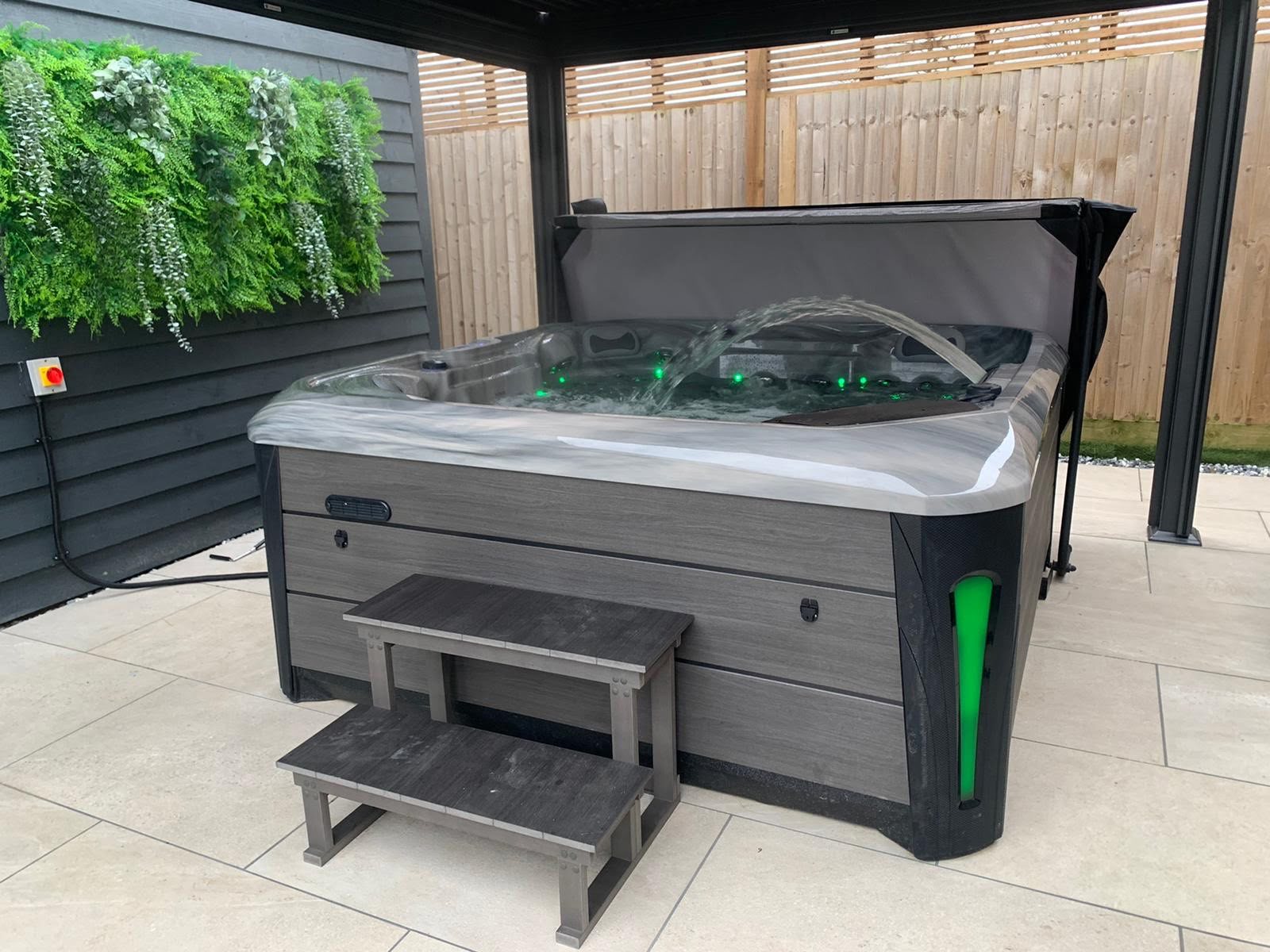

Pool & Spa Care
How Often Should You Change The Water In Your Hot Tub
Modified: February 26, 2024
Learn the ideal frequency for changing the water in your hot tub for optimal pool and spa care. Discover expert tips and recommendations.
(Many of the links in this article redirect to a specific reviewed product. Your purchase of these products through affiliate links helps to generate commission for Storables.com, at no extra cost. Learn more)
Introduction
Owning a hot tub is a luxurious and enjoyable experience, offering relaxation and therapeutic benefits. However, to maintain a safe and inviting environment, it's crucial to prioritize the cleanliness and quality of the water. One of the key aspects of hot tub maintenance is knowing when and how to change the water. In this comprehensive guide, we will delve into the essential considerations for maintaining your hot tub water, including the frequency of water changes, signs that indicate the need for a water change, and the proper steps to ensure your hot tub water remains pristine.
Ensuring that your hot tub water is clean and balanced is not only vital for your health and enjoyment but also for the longevity of your hot tub. By understanding the best practices for water maintenance, you can optimize your hot tub experience and minimize the risk of issues arising from neglecting this crucial aspect of care. Let's explore the importance of changing hot tub water and the factors that influence the frequency of water changes.
Key Takeaways:
- Regularly changing hot tub water every 3-4 months maintains a clean and safe environment, ensuring optimal water quality and a hygienic hot tub experience.
- Signs like cloudy water, unpleasant odors, and skin irritation indicate the need for a water change, promoting a rejuvenating and enjoyable hot tub environment.
Read more: How Often Do You Change Water In A Hot Tub
Importance of Changing Hot Tub Water
Regularly changing the water in your hot tub is essential for maintaining a clean and safe environment. Over time, various contaminants such as body oils, sweat, lotions, and other impurities can accumulate in the water, leading to a decline in water quality. Additionally, the accumulation of these substances can create a breeding ground for bacteria and algae, compromising the hygiene of the hot tub.
Furthermore, the chemical balance of the water can become disrupted due to the accumulation of impurities, affecting the effectiveness of sanitizers and leading to potential skin and eye irritation. Inadequate water circulation and filtration can exacerbate these issues, emphasizing the need for regular water changes to mitigate the buildup of contaminants and maintain optimal water quality.
By changing the water at appropriate intervals, you can effectively remove impurities, rebalance the water chemistry, and enhance the overall cleanliness of the hot tub. This proactive approach not only safeguards the well-being of those enjoying the hot tub but also contributes to the longevity of the equipment, reducing the likelihood of component deterioration due to prolonged exposure to compromised water conditions.
Ultimately, the importance of changing hot tub water lies in preserving a hygienic and enjoyable environment, promoting the effectiveness of water treatment products, and safeguarding the integrity of the hot tub system. By prioritizing regular water changes, hot tub owners can uphold a standard of cleanliness that aligns with the desired relaxation and therapeutic benefits associated with hot tub usage.
Factors Affecting Water Change Frequency
The frequency at which you should change the water in your hot tub is influenced by various factors that impact water quality and overall maintenance. Understanding these factors is crucial for determining an appropriate water change schedule that aligns with the specific conditions and usage patterns of your hot tub.
- Frequency of Use: The more frequently the hot tub is used, the quicker the water quality may deteriorate. Regular use introduces contaminants and necessitates more frequent water changes to maintain cleanliness.
- Number of Users: The number of individuals using the hot tub can significantly impact water quality. More users equate to a higher introduction of body oils, sweat, and other impurities, necessitating more frequent water changes.
- Environmental Factors: The surrounding environment can influence the cleanliness of the hot tub water. Factors such as pollen, dust, and debris can find their way into the water, potentially accelerating the need for water changes.
- Chemical Balance: Maintaining the proper chemical balance is essential for water quality. If the water chemistry becomes difficult to stabilize despite regular adjustments, it may be an indication that a water change is necessary to restore balance.
- Filtration and Circulation: The efficiency of the hot tub’s filtration and circulation systems directly impacts water quality. Inadequate filtration and circulation can lead to the accumulation of impurities, necessitating more frequent water changes to compensate for these limitations.
- Seasonal Considerations: Environmental factors such as temperature and humidity can influence water quality. During warmer months or in regions with higher humidity, the water may require more frequent attention to prevent issues such as bacterial growth and algae formation.
By taking these factors into account, hot tub owners can make informed decisions regarding the frequency of water changes, ensuring that the water remains clean, balanced, and conducive to a satisfying hot tub experience. Adapting the water change schedule based on these considerations can help maintain optimal water quality and prolong the enjoyment of the hot tub while minimizing the potential for water-related issues.
Recommended Frequency for Changing Hot Tub Water
The recommended frequency for changing the water in your hot tub depends on a variety of factors, including usage patterns, environmental conditions, and the effectiveness of maintenance practices. While there is no one-size-fits-all approach, adhering to general guidelines can help maintain water quality and promote a hygienic hot tub environment.
As a general rule of thumb, it is advisable to change the water in your hot tub approximately every 3 to 4 months. This timeframe provides a balance between proactive water maintenance and the practicality of performing water changes at regular intervals. However, it’s important to note that this recommendation can vary based on the specific circumstances surrounding your hot tub usage and environmental factors.
For hot tubs that experience heavy usage or are frequently utilized by multiple individuals, more frequent water changes may be necessary. In such cases, a water change every 2 to 3 months can help manage the impact of increased contaminants and maintain optimal water quality. Conversely, hot tubs with lighter usage or fewer users may be able to extend the water change interval slightly, aiming for a change every 4 to 5 months while remaining attentive to water quality indicators.
It’s essential to monitor the condition of the water regularly and adjust the water change frequency as needed. Observing visual cues such as water clarity, the presence of foam or scum, and unusual odors can provide valuable insights into the state of the water and indicate when a change is warranted. Additionally, testing the water chemistry and observing the effectiveness of sanitizers can guide decisions regarding the timing of water changes.
By leveraging a combination of recommended timeframes and attentive monitoring, hot tub owners can strike a balance that promotes water quality and aligns with the unique conditions influencing their hot tub environment. Adapting the water change frequency based on usage, environmental factors, and water quality indicators can help sustain a clean and inviting hot tub, enhancing the overall enjoyment and well-being of those who partake in its rejuvenating waters.
It is recommended to change the water in your hot tub every 3-4 months, or more frequently if it becomes cloudy or develops an odor. Regular water changes help maintain water quality and prevent the buildup of bacteria and contaminants.
Signs that Your Hot Tub Water Needs to be Changed
Recognizing the signs that indicate the need for a water change in your hot tub is essential for maintaining a hygienic and enjoyable environment. By staying attuned to these indicators, you can proactively address declining water quality and ensure that your hot tub remains a rejuvenating oasis. Here are some key signs that signal the necessity of a water change:
- Cloudy or Dull Water: If the water appears cloudy, dull, or lacks the sparkling clarity typically associated with clean hot tub water, it may indicate the presence of suspended particles and impurities, signaling the need for a water change.
- Unpleasant Odors: Foul or unusual odors emanating from the hot tub water can be indicative of bacterial growth or the accumulation of organic matter, suggesting that a water change is necessary to refresh and purify the water.
- Excessive Foam or Scum: The presence of persistent foam or scum on the water’s surface can be a visible manifestation of organic contaminants and ineffective water treatment, prompting the need for a water change to restore cleanliness.
- Persistent Chemical Imbalance: Difficulty in stabilizing the chemical balance of the water despite regular adjustments may signal the accumulation of impurities that hinder the effectiveness of sanitizers and necessitate a water change to restore equilibrium.
- Skin and Eye Irritation: If individuals using the hot tub experience skin irritation, itching, or redness, or if their eyes become irritated after hot tub use, it may indicate compromised water quality, underscoring the need for a water change to alleviate potential irritants.
- Inadequate Sanitizer Efficacy: If the water fails to maintain adequate sanitizer levels or exhibits a decline in the effectiveness of water treatment products, it may be an indication that a water change is necessary to optimize the sanitization process.
By remaining vigilant for these signs and promptly addressing any indications of deteriorating water quality, hot tub owners can uphold a standard of cleanliness that enhances the hot tub experience. Regularly assessing the water’s appearance, odor, and chemical balance, along with monitoring the efficacy of water treatment measures, enables proactive decision-making regarding water changes, ensuring that the hot tub remains a source of relaxation and rejuvenation.
Steps to Properly Change Hot Tub Water
Changing the water in your hot tub is a fundamental aspect of maintenance that contributes to a clean and inviting hot tub environment. By following a systematic approach, you can ensure that the water change process is efficient, effective, and conducive to maintaining optimal water quality. Here are the essential steps to properly change the water in your hot tub:
- Turn off the Hot Tub: Before initiating the water change, power off the hot tub to ensure safety and prevent the system from running while the water is being drained and refilled.
- Drain the Water: Connect a suitable drainage hose to the hot tub’s drain valve and direct it to an appropriate drainage area. Open the drain valve to allow the water to flow out of the hot tub completely.
- Clean the Hot Tub Surfaces: While the hot tub is empty, take the opportunity to clean the interior surfaces, including the walls, seats, and floor, using a mild hot tub surface cleaner. Thoroughly rinse the surfaces to remove any residue before refilling the hot tub.
- Inspect and Clean Filters: Remove the hot tub filters and inspect them for debris and contaminants. Clean the filters using a filter cleaning solution or a gentle filter cartridge cleaner to ensure optimal filtration efficiency.
- Refill the Hot Tub: Once the hot tub is clean and the filters are reinstalled, begin refilling the hot tub with fresh water. Use a hose equipped with a filter attachment to minimize the introduction of impurities into the water.
- Balance the Water Chemistry: After the hot tub is filled, test the water chemistry using a reliable test kit. Adjust the pH, alkalinity, and sanitizer levels as needed to achieve the appropriate water balance for safe and comfortable hot tub usage.
- Run the Hot Tub and Test Water Quality: Power on the hot tub and allow the water to circulate for a sufficient duration. Test the water quality to ensure that the chemical balance is within the recommended parameters and that the water appears clear and inviting.
- Resume Hot Tub Enjoyment: Once the water quality is verified, the hot tub is ready for use. Communicate the completion of the water change to all hot tub users and encourage them to enjoy the revitalized and pristine hot tub environment.
By diligently following these steps, hot tub owners can execute a thorough and effective water change process, promoting the cleanliness and quality of the hot tub water. Regularly performing water changes in accordance with these guidelines contributes to a consistently enjoyable and hygienic hot tub experience, aligning with the desire for relaxation and rejuvenation in the comforting embrace of the hot tub.
Conclusion
Maintaining the cleanliness and quality of the water in your hot tub is a foundational aspect of hot tub care that directly impacts the enjoyment and well-being of those partaking in its rejuvenating waters. By understanding the importance of changing hot tub water, recognizing the factors influencing water change frequency, and staying attuned to the signs that signal the need for a water change, hot tub owners can proactively uphold a standard of cleanliness that enhances the hot tub experience.
Adhering to the recommended frequency for changing hot tub water, adapting the water change schedule based on usage patterns and environmental considerations, and diligently following the steps to properly change hot tub water are essential components of effective hot tub maintenance. By integrating these practices into your hot tub care routine, you can foster a clean and inviting hot tub environment that aligns with the desired relaxation and therapeutic benefits associated with hot tub usage.
Ultimately, prioritizing the cleanliness and quality of the hot tub water contributes to the longevity of the equipment, minimizes the risk of water-related issues, and ensures that the hot tub remains a source of rejuvenation and tranquility. By embracing a proactive approach to water maintenance and remaining attentive to the evolving needs of your hot tub, you can cultivate a hygienic and enjoyable hot tub environment that enriches your well-being and leisure experiences.
Embracing the responsibility of maintaining pristine hot tub water not only safeguards your investment but also fosters a space where you and your loved ones can unwind, destress, and revel in the soothing embrace of the hot tub. With a commitment to diligent water maintenance, you can savor the countless benefits of hot tub ownership while creating lasting memories in a clean and inviting oasis of relaxation.
Frequently Asked Questions about How Often Should You Change The Water In Your Hot Tub
Was this page helpful?
At Storables.com, we guarantee accurate and reliable information. Our content, validated by Expert Board Contributors, is crafted following stringent Editorial Policies. We're committed to providing you with well-researched, expert-backed insights for all your informational needs.
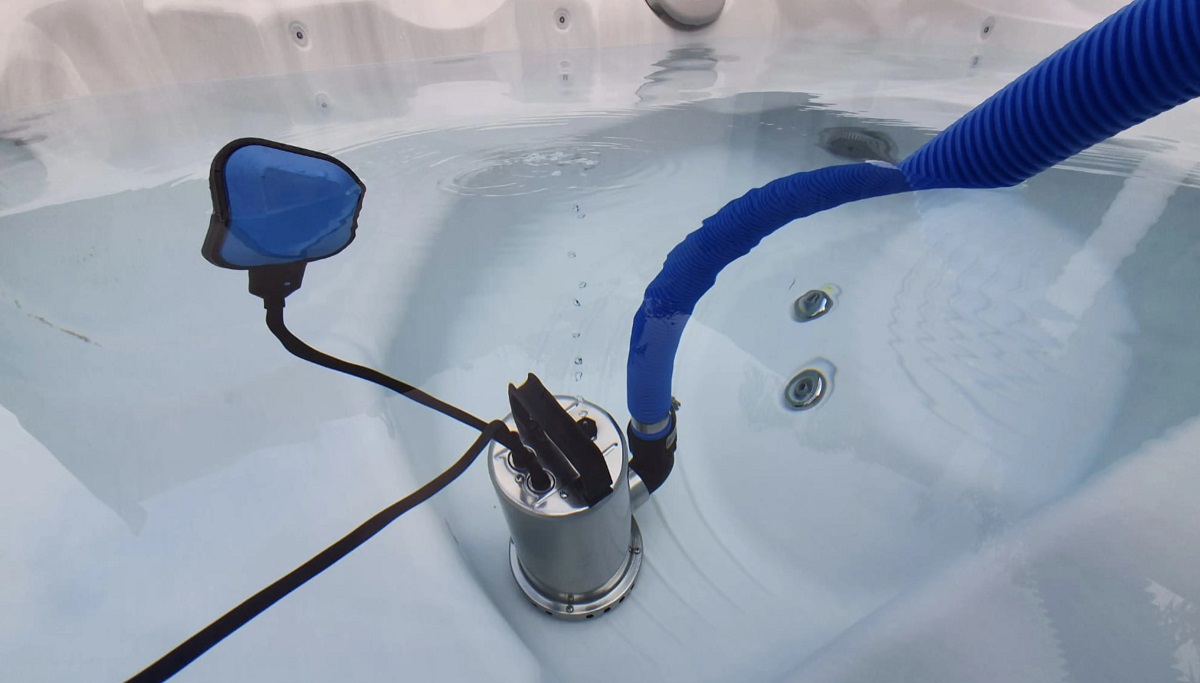



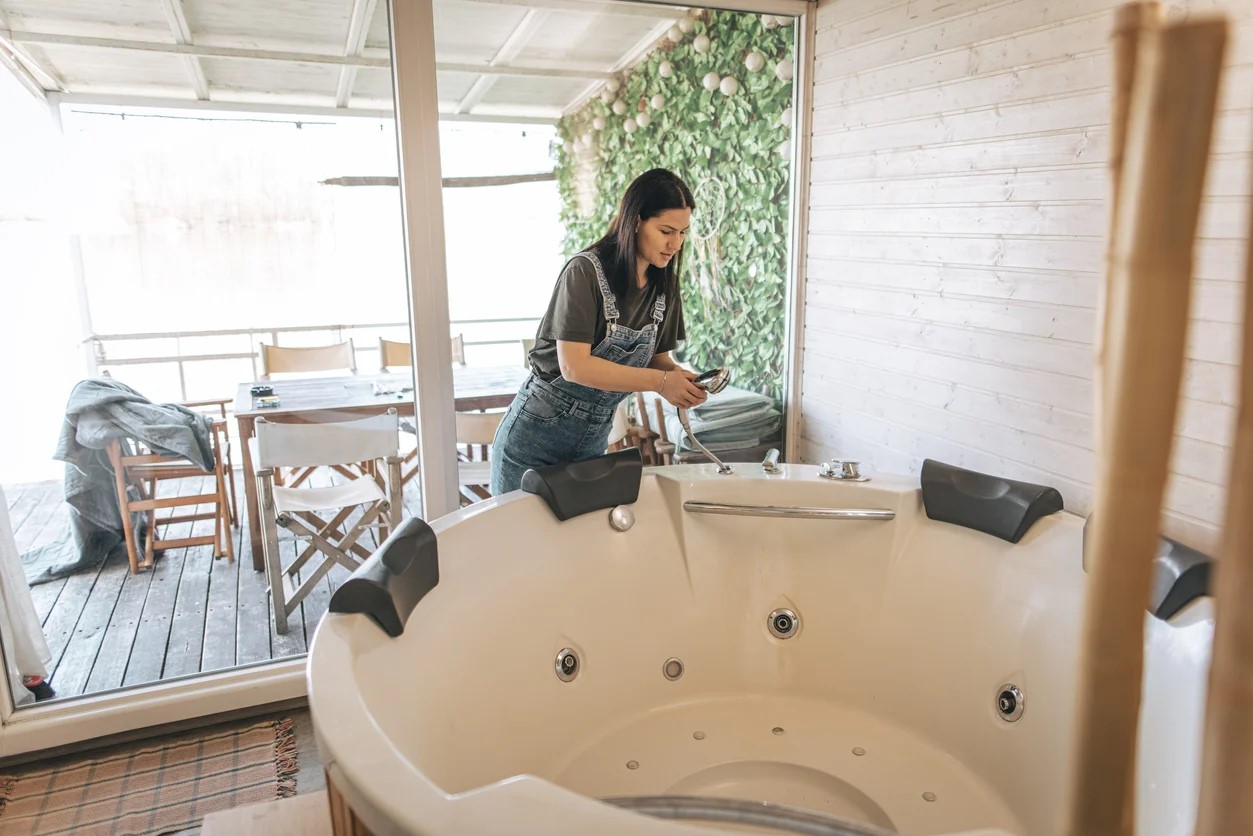
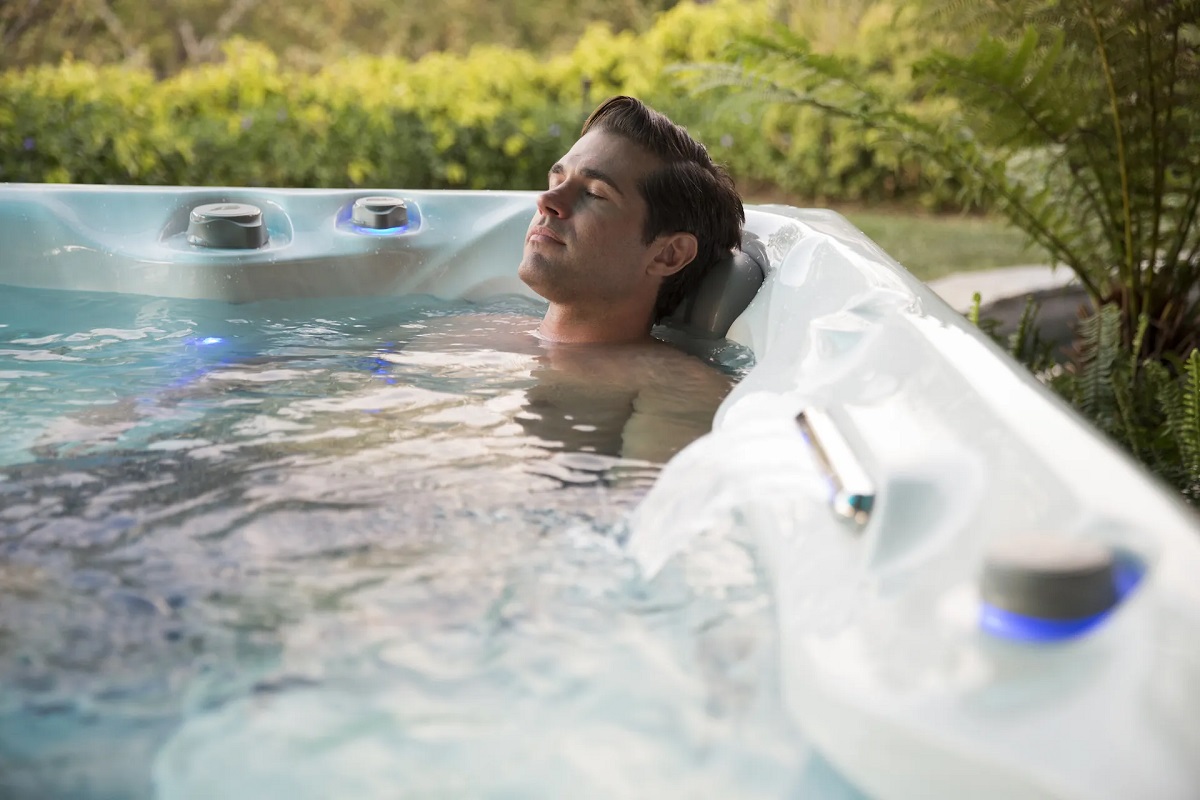

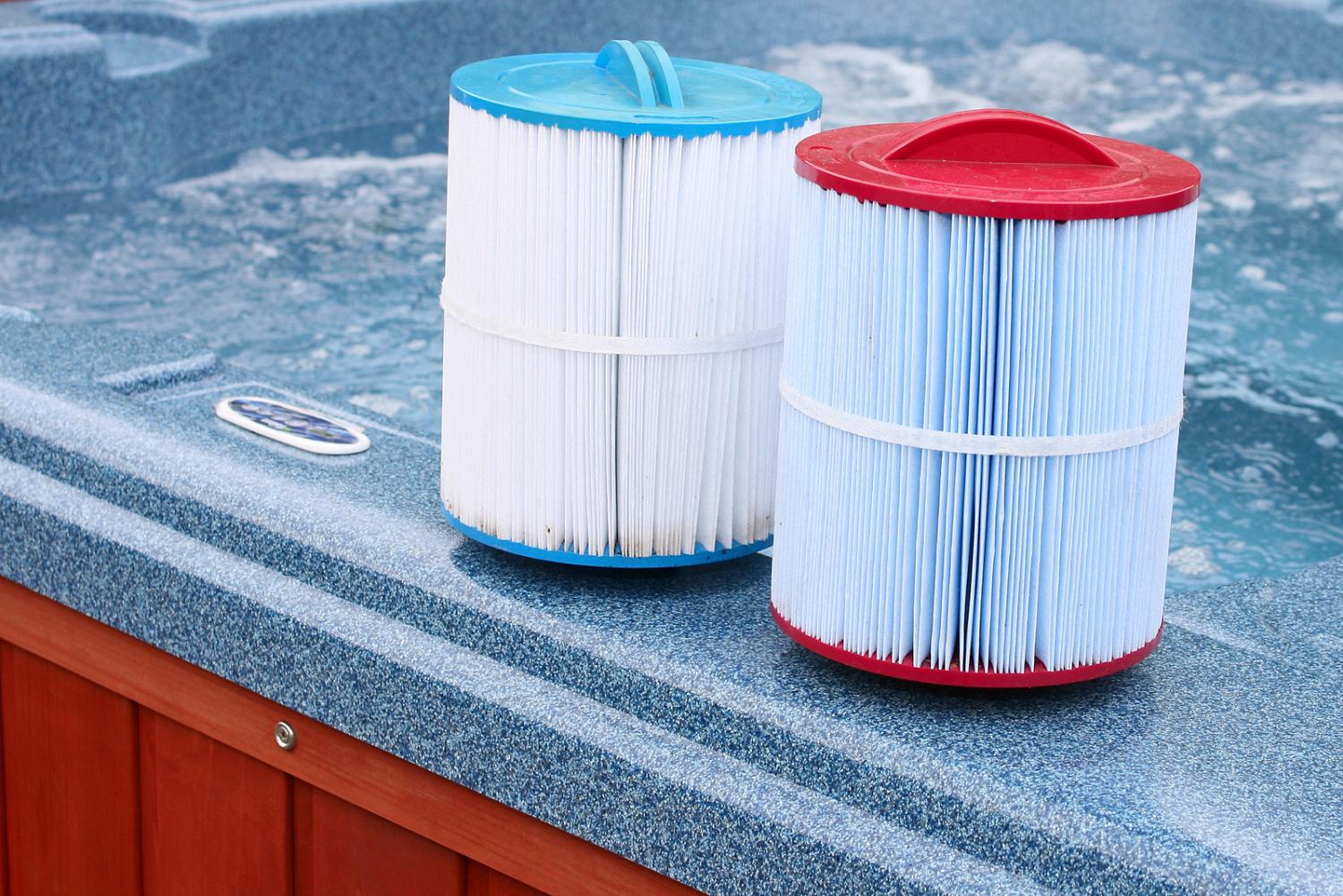
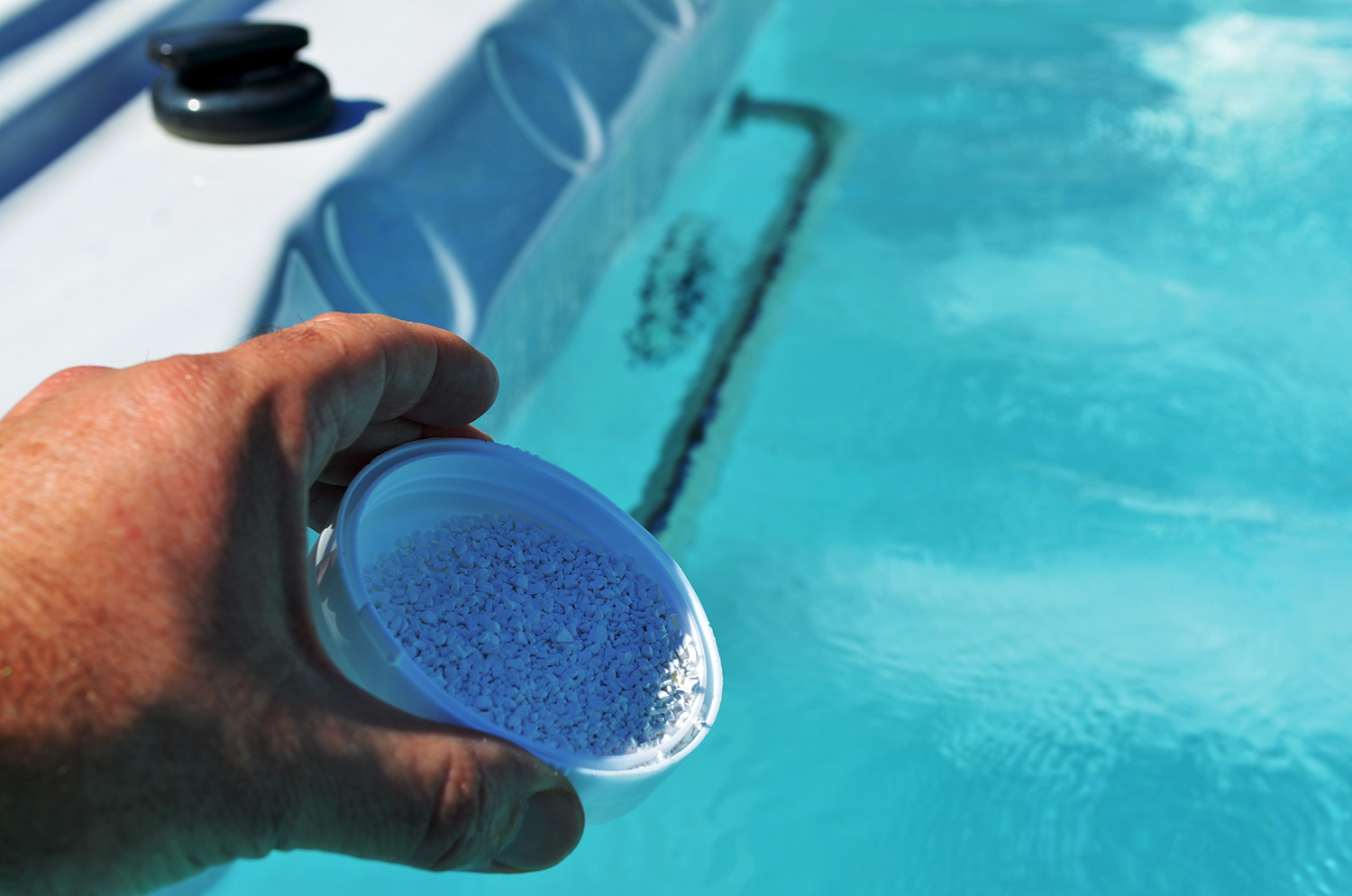
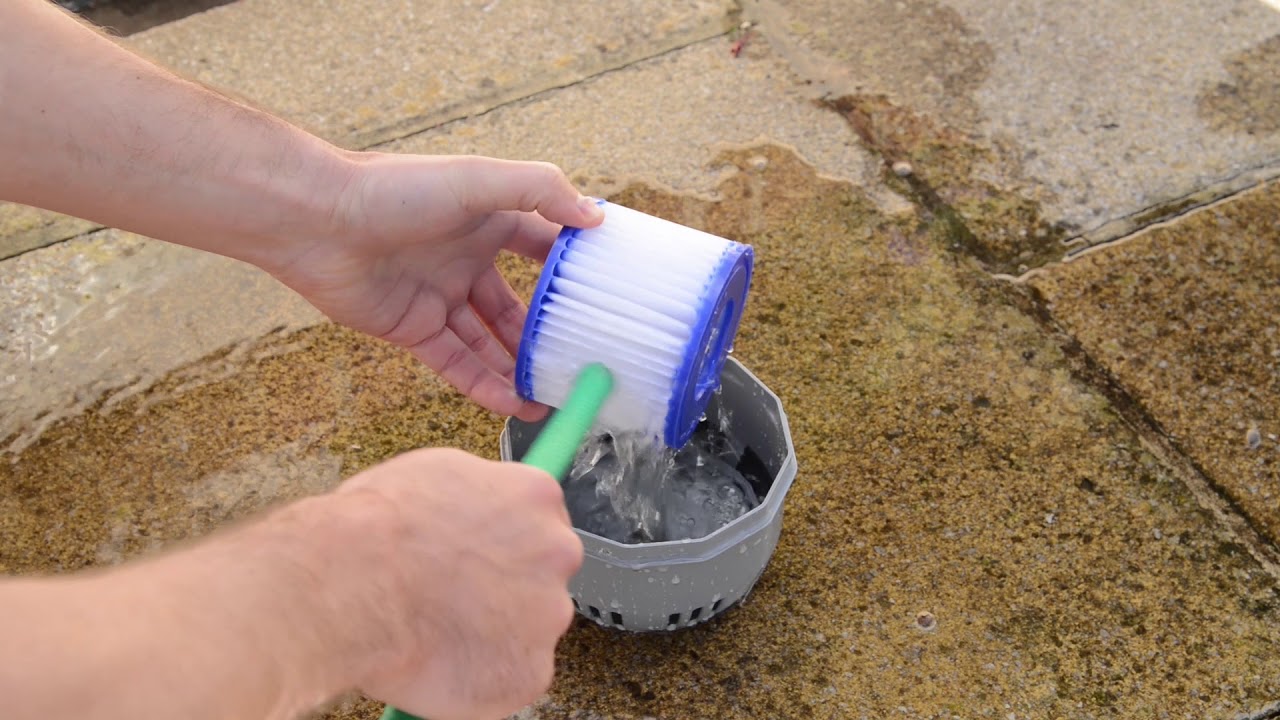
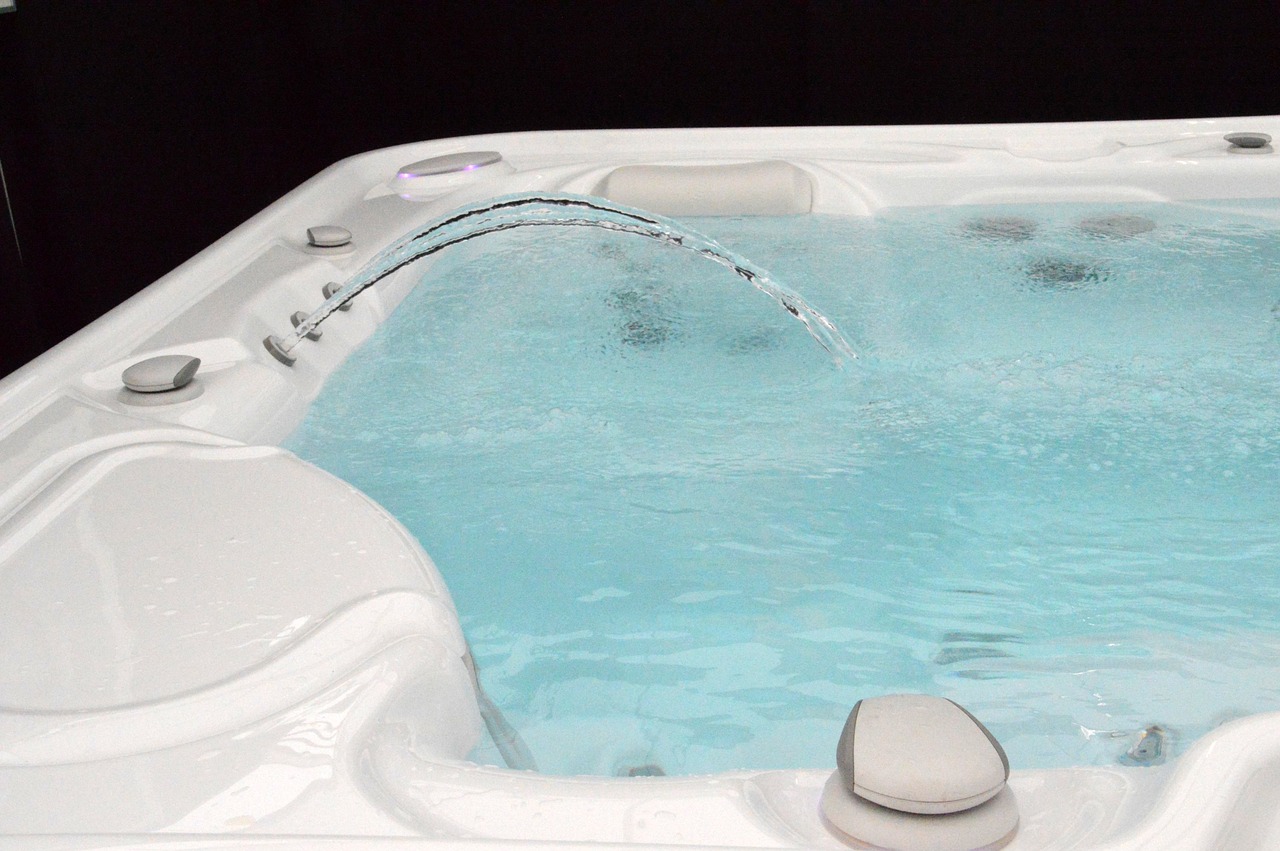


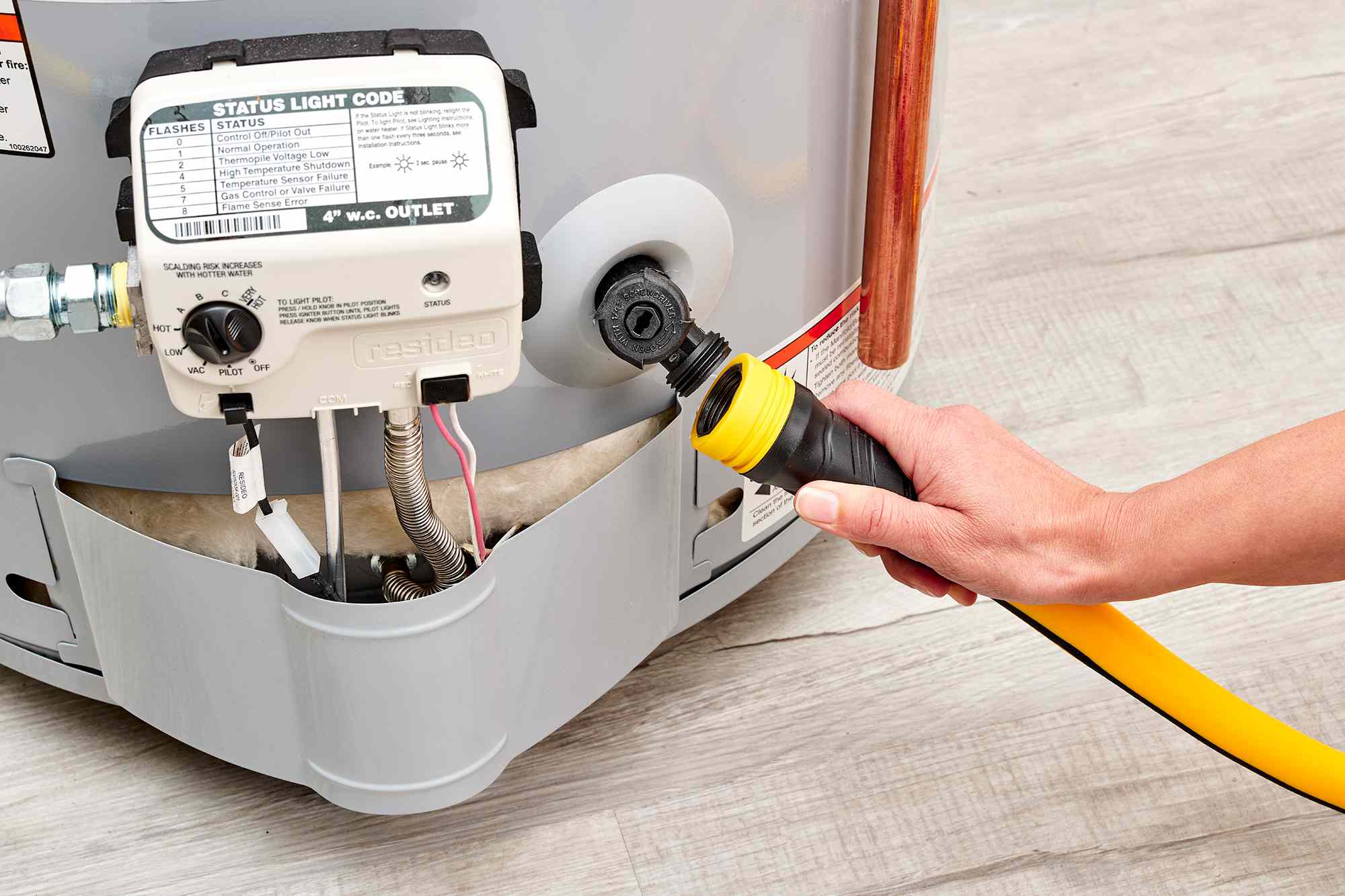

0 thoughts on “How Often Should You Change The Water In Your Hot Tub”